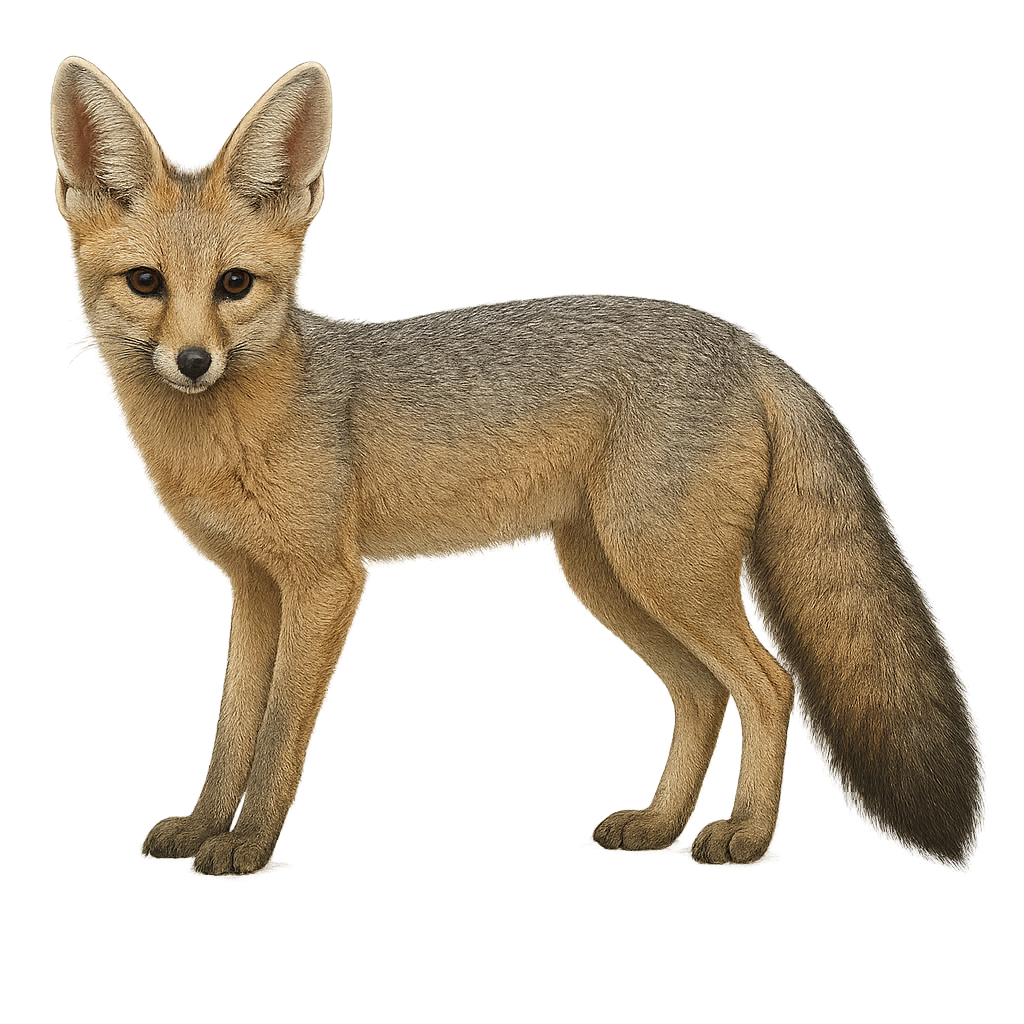Your wildlife photography guide.
Explore the cape fox in detail, study its behavior, prepare your shots.
Where to observe and photograph the cape fox in the wild
Learn where and when to spot the cape fox in the wild, how to identify the species based on distinctive features, and what natural environments it inhabits. The WildlifePhotographer app offers tailored photography tips that reflect the cape fox’s behavior, helping you capture better wildlife images. Explore the full species profile for key information including description, habitat, active periods, and approach techniques.
Cape Fox
Scientific name: Vulpes chama

IUCN Status: Least Concern
Family: CANIDAE
Group: Mammals
Sensitivity to human approach: Suspicious
Minimum approach distance: 10 m
Rut period: June to July
Gestation: 51-53 jours
Births: July to September
Habitat:
Savannah, grasslands, semi-deserts
Activity period :
Mainly active at night, generally discreet during the day.
Identification and description:
The Cape Fox, or Vulpes chama, is a small canid native to the arid and semi-arid regions of southern Africa. It is easily recognizable by its silver-gray fur, large pointed ears, and bushy tail. This fox is primarily nocturnal, allowing it to avoid the intense heat of the day. It feeds on a variety of foods, including insects, small mammals, fruits, and carrion. Although it is an opportunistic predator, it plays a crucial role in controlling rodent populations. The Cape Fox is generally solitary, except during the breeding season. It is well adapted to its environment, capable of surviving with little water, deriving necessary moisture from its food.
Recommended lens:
400mm – adjust based on distance, desired framing (portrait or habitat), and approach conditions.
Photography tips:
To photograph the Cape Fox, focus on twilight or nighttime hours, as it is most active during these times. Use a telephoto lens of at least 400mm to capture detailed images without disturbing the animal. Be patient and discreet, positioning yourself about 10 meters away. Favor open habitats like savannahs or grasslands to maximize your chances of an encounter.
The WildlifePhotographer App is coming soon!
Be the first to explore the best nature spots, track rutting seasons, log your observations, and observe more wildlife.
Already 1 432 wildlife lovers subscribed worldwide

